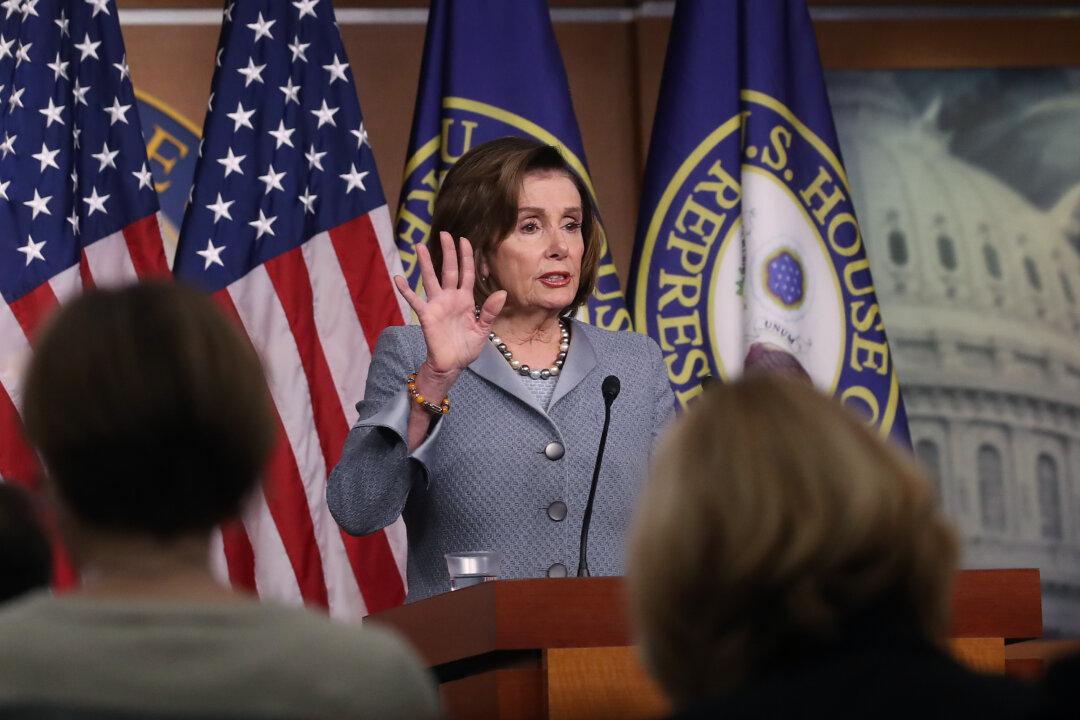House Speaker Nancy Pelosi (D-Calif.) said she hopes to bring an emergency funding supplemental package to the House floor this week in response to the coronavirus outbreak.
In a letter to House members on Feb. 28, Pelosi offered condolences to the family of the Washington state man who has been confirmed as the first person to die from the novel coronavirus in the United States.





